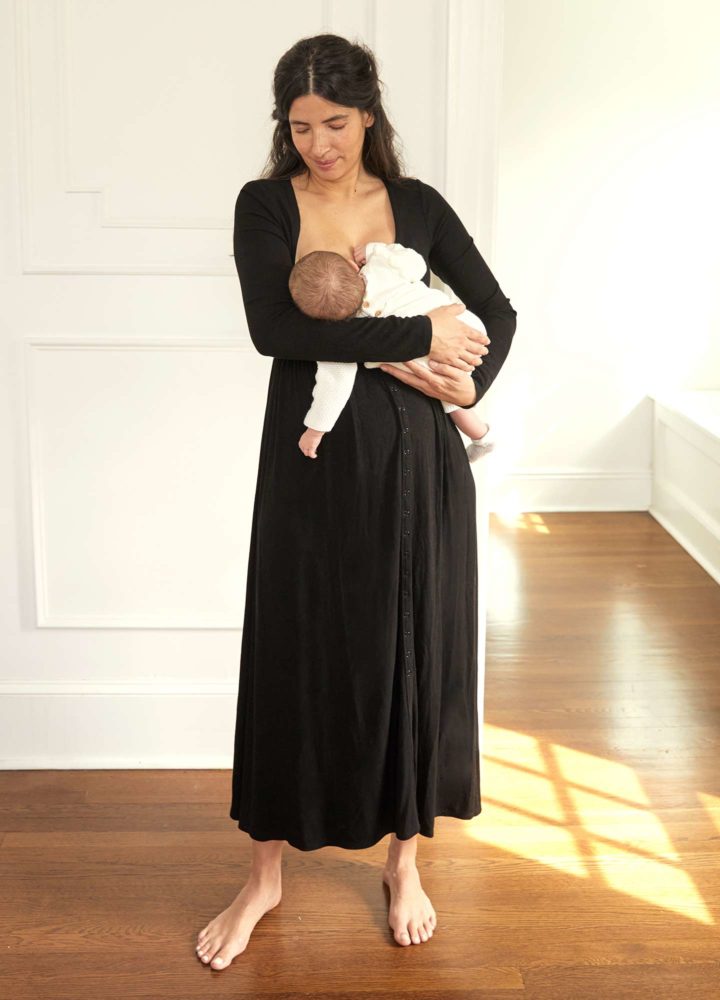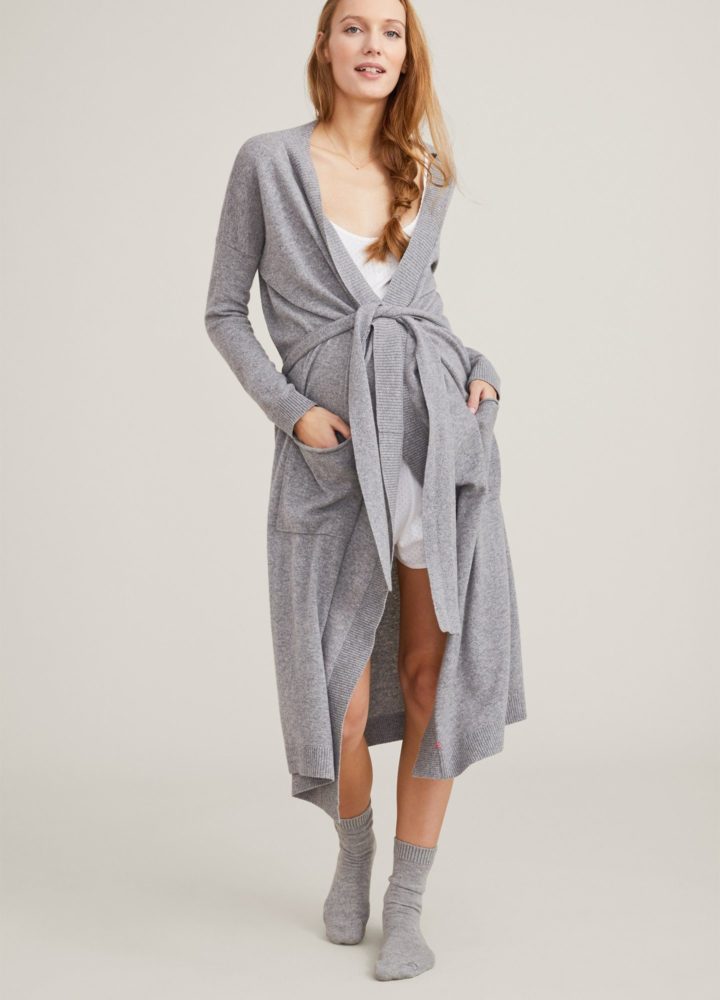Choosing the right type of car seat can be one of the biggest choices you make when it comes to your child’s safety. But how do you know which one is best? It’s not as easy as picking a cute maternity dress for your upcoming photoshoot.
There are a lot of factors to consider when selecting the right car seat — whether we’re talking size, style, maintenance, or price — there’s a lot to review. Luckily, HATCH is here to help, mamas.
Keep reading, and we’ll walk you through everything you need to know about choosing the best car seat for your child, one that meets all of your and federal safety standards and gives you peace of mind.
Who Needs a Car Seat?
You’ll need a car seat for your child from the moment you leave the hospital until they are big enough to fit in your vehicle’s seat belt, usually between the ages of eight and twelve.
(In fact, having an appropriate car seat ready for your newborn is often a requirement for new parents before discharge from the hospital after delivery!) What that car seat looks like and whether it’s used in the rear-facing position or front-facing position will change as your child ages.
Even after your kiddo ages out of their car seat, though, they still might not be big enough to sit in the front seat of the car. The middle and rear seats in a car are generally safer, and in the event of an accident, small children are more at risk from the airbags than adults.
Depending on the state you live in, there might even be laws about this. For example, in New York, children are legally not allowed to sit in the front seat until they turn 13.
We’ll refocus on car seats – but don’t forget, even after the car seat is gone, there are still some safety precautions to pay attention to.
Car Seat Safety
The absolute top-of-the-list thing you should pay attention to when selecting a car seat is the safety score assigned and whether it has been approved by the National Highway Traffic Safety Administration (NHTSA). Every car seat sold to vehicle owners in America is crash-tested by the NHTSA, which will assign them a safety rating based on performance. A high score from the NHTSA is a must.
You can also learn about the safety rating of car seats (and other child products) from the American Academy of Pediatrics. They’re sharing all the guidelines regarding car seats, booster seats, and infant and child safety in the car.
Size Second
The second most important factor to consider when selecting a car seat for your infant or child is the size of the seat – specifically the height and weight limitations. Being properly secured in a car seat is one of the most critical factors in car safety outcomes. One of the ways to know that your child is properly secured is by paying attention to the height and weight limits on that seat.
This is especially important if your baby is underweight or premature, in which case you may need to purchase an infant insert for your car seat to make sure your baby is nice and snug in the seat.
Improper car seat installation (like skipping the harness straps or lower anchors) will reduce its efficacy and increase the risk for your child. To keep your child safe, check that the car seat fits and that all of its safety features get used properly.
Comfort Is Key
Another factor when selecting a car seat is its comfort. Babies might not be able to tell you if they are comfortable in the seat (with words — they still might scream to let you know).
Since you can’t try it on like cashmere, inspect the amount of padding and the material used for the seat to get a good indication of the quality.
You can also look up reviews of the seat online and pay attention to whether your child seems comfortable while seated. There’s no point in investing in a seemingly high-quality seat if it’s not going to be comfortable for your baby. Also, like with every baby-related, hit up your OB-GYN/pediatrician for their recs.
Convertible Car Seat vs. Infant Seat
Picture this: it’s 10 pm, and your colicky newborn has been wailing for hours. You finally decide to go for a drive to see if the soothing motion of the car will put them to sleep, and to your total amazement, it works! It’s time to get in those comfy, cozy PJs and nod off.
Only one problem – now you have to move them from the car back to bed. How are you going to do that without waking up your (currently) sleeping angel?
If you have her strapped into an infant seat rather than an all-in-one car seat, your task might be a bit easier. Infant seats are sized for newborns all the way up until around 18 months of age.
These seats are typically designed to be easily portable, so you can pick up that seat (infant and all) and transfer your baby into a stroller or the house without waking them. On the other hand, convertible seats are designed to age with your child, so they’re generally bulkier and intended to stay in the car.
Whatever you choose is totally okay – just weigh the factors of each type of seat, and choose whichever one deserves a seat in your car.
Is the Seat Easy To Install?
The next factor parents and caregivers will want to consider is the ease with which you can install the car seat and whether it will fit properly in the back seat of your car. Up to 46% of child car seats are installed improperly. The easiest way to minimize this risk is by properly installing the seat (and properly securing your babe into the seat).
To do this, carefully review the instructions or owner’s manual provided by the car seat manufacturer. If you’re unsure about certain features of the step, don’t be afraid to Google the model – in this day and age, it’s more than likely that there’s an installment tutorial for your exact car seat on the internet. Or, head to the local fire station, and the handsome fire firefighters might be able to help.
Consider where to install the seat in your car. According to the American Academy of Pediatrics, the safest spot for your child in a car is the center rear seat. (If the middle seat of your car doesn’t have the proper seat belt configuration to secure the car seat, the rear sides will do.) Never put a car seat in the front seat, as this is the most dangerous spot in the car because of the airbag: Airbags are great for adults but not for babies.
Which Way Should the Car Seat Face?
According to the CDC, you should strap your child into a rear-facing car seat for as long as possible (meaning until they outgrow the seat). Usually, this will be when your child’s age is between two and four. A rear-facing seat in the middle rear seat of a car is the safest place for your child, so it’s important to find a comfortable and well-fitting seat that will allow you to seat them that way as long as possible.
Once your toddler outgrows the rear-facing seat (and at least until the age of five), they should be seated in a forward-facing car seat with a harness and latch system. Once they outgrow this seat, usually between the age of five and nine, seat them in a high-back booster or backless booster seat until they are big enough to be properly buckled up with a seat belt. What’s next? They’ll be taking the SAT and applying to your alma mater??
Pay attention to the height and weight limitations on the car seat or booster seat in question to know whether your child is ready to move up to the next seat. By following this progression of seat placements, your kiddo can ride in style and in safety.
Elements of the Car Seat
Even keeping all of these factors in mind, there are still a wide variety of car seats to choose from.
Other elements to look out for that may help you narrow down your search include:
- Extra foam headrest around where your baby’s head will go
- A seat base that stays in the car so you can easily remove the seat as needed
- Anti-rebound bar – a bar that prevents the seat from bouncing around in the event of an accident
- 5-point harness (a harness with two waist straps, two shoulder straps, and one strap between the legs) for maximum security
- High-quality breathable fabric
- Easily adjustable shoulder belt
Choosing the best car seat for your growing family is one of the first big decisions (besides where to host the baby shower). With some careful research and planning, you’ll knock it out of the park, mama!
Sources:







